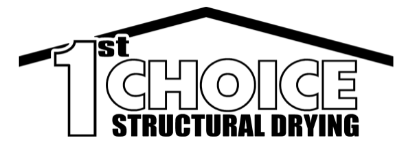Becoming a Moisture Master: An In-Depth Guide to Preventing and Rectifying Water Damage in Your Household
A home is more than just bricks and mortar; it’s a sanctuary, a place of comfort and security. However, lurking within the walls and foundations of even the most well-constructed homes is a silent adversary: moisture. In our quest to maintain the sanctity of our homes, mastering moisture control becomes paramount.
Welcome to our comprehensive guide, “Mastering Moisture: A Comprehensive Guide to Preventing and Repairing Water Damage in Your Home.” In this blog post, we will embark on a journey through the world of moisture, exploring its sources, understanding its impact, and equipping you with the knowledge and strategies needed to safeguard your home.
Why is moisture control so crucial? The answer lies in the profound and often underestimated effects of water damage. From compromising the structural integrity of your home to fostering the growth of insidious mold, the consequences of water damage are far-reaching and potentially devastating.
We believe that a proactive approach to moisture control and water damage prevention is the key to preserving the sanctity of your home. By the end of this guide, you will be empowered with the tools and insights to protect your home from the ravages of moisture and effectively address any issues that may arise.
Join us as we delve into the world of moisture, explore the sources that threaten your home, and embark on a journey toward mastering moisture control. Your home deserves nothing less than the best protection, and we’re here to guide you every step of the way. Let’s begin.
Understanding the Sources of Moisture
To effectively combat moisture and prevent water damage in your home, it’s crucial to have a deep understanding of the various sources from which moisture can originate. Water intrusion can happen in several ways, each with its own set of challenges and potential consequences. In this section, we will shed light on these sources and their implications.
A. Leaks and Seepage
Common Sources:
- Roof leaks
- Damaged or deteriorated plumbing
- Cracked foundation
- Faulty windows and doors
Implications:
- Weakened structural integrity
- Interior and exterior damage
- Mold and mildew growth
- Increased utility bills
Understanding how leaks and seepage occur is the first step in addressing these issues effectively. Whether it’s a small drip from a leaking roof or a hidden plumbing leak, early detection and repair are essential to prevent further damage.
B. Condensation and Humidity
Common Sources:
- Poor ventilation
- High humidity levels
- Inadequate insulation
Implications:
- Mold and mildew growth
- Wood rot
- Allergen proliferation
- Reduced indoor air quality
Condensation and high humidity can silently contribute to moisture problems, especially in areas like bathrooms and basements. Proper ventilation, dehumidification, and insulation are key to controlling these sources of moisture.
C. Flooding
Common Sources:
- Heavy rainfall
- Storm surges
- Plumbing failures
- Appliance malfunctions
Implications:
- Rapid structural damage
- Electrical hazards
- Contaminated water
- Mold infestations
Flooding is a more immediate and severe threat, often requiring emergency response. Understanding how to prepare for and respond to flooding events is vital for minimizing the damage and ensuring the safety of your family.
By gaining insights into these sources of moisture, you’ll be better equipped to identify potential issues early on and take appropriate preventive measures. In the subsequent sections, we will delve deeper into preventative measures, early detection techniques, and effective repair strategies to help you master moisture control in your home.
The Impact of Water Damage
Water damage is not a mere inconvenience; it’s a pervasive problem that can wreak havoc on your home, health, and finances. In this section, we will explore the wide-ranging consequences of water damage, shedding light on why it’s imperative to address moisture issues promptly and effectively.
A. Structural Issues
Water, often considered the “universal solvent,” can gradually erode and weaken the structural components of your home. Over time, persistent moisture can lead to:
- Foundation Damage: Excess moisture can compromise the stability of your home’s foundation, resulting in cracks, sinking, and structural instability.
- Wood Rot: Wooden structures, including beams, floor joists, and wall studs, are vulnerable to rot when exposed to moisture over extended periods.
- Wall and Ceiling Damage: Paint peeling, stains, and deterioration of drywall are common consequences of water damage.
- Corrosion: Moisture can corrode metal components in your home, such as pipes and electrical wiring, posing additional hazards.
B. Health Hazards
Water damage creates an ideal breeding ground for mold and mildew. These microscopic organisms can have serious health implications for you and your family, including:
- Respiratory Issues: Mold spores can become airborne, leading to respiratory problems, allergies, and exacerbating conditions like asthma.
- Allergies and Skin Irritation: Exposure to mold and mildew can trigger allergic reactions, skin irritation, and other health issues.
- Infectious Diseases: Standing water can harbor bacteria and parasites, potentially causing infectious diseases.
C. Financial Consequences
Water damage can lead to significant financial burdens, including:
- Costly Repairs: Repairing structural damage, mold remediation, and replacing damaged possessions can be expensive.
- Increased Insurance Premiums: Frequent water damage claims may lead to higher insurance premiums.
- Reduced Property Value: Extensive water damage can reduce the resale value of your home.
D. Emotional Stress
Dealing with the aftermath of water damage can be emotionally draining. It can disrupt your daily life, cause anxiety, and lead to frustration as you navigate the process of restoration and repair.
Understanding the far-reaching impact of water damage underscores the importance of taking moisture control seriously. Prevention and timely action are your best defenses against the devastating consequences of water intrusion. In the upcoming sections, we will delve into practical measures to prevent water damage, detect moisture issues early, and effectively address them to protect your home and well-being.
Preventative Measures
Preventing water damage and moisture intrusion is the first line of defense for any homeowner. In this section, we will explore a range of preventative measures that can help you maintain a dry and structurally sound home.
A. Exterior Maintenance
Regular exterior maintenance is essential to protect your home from moisture-related issues. Here are some key steps:
- Roof Inspections: Schedule periodic roof inspections to identify and repair damaged shingles, flashing, or gutter issues that may lead to leaks.
- Gutter and Downspout Maintenance: Keep gutters and downspouts clear of debris to ensure proper water drainage away from your home’s foundation.
- Siding and Exterior Sealing: Inspect siding for cracks or gaps and seal them to prevent water infiltration.
- Foundation Checks: Regularly inspect your home’s foundation for cracks or signs of settling, addressing any issues promptly.
B. Interior Precautions
Maintaining a moisture-free environment inside your home is equally important. Here’s what you can do:
- Sealing Gaps and Cracks: Seal gaps around windows, doors, and utility penetrations to prevent moisture intrusion.
- Proper Ventilation: Ensure adequate ventilation in areas prone to humidity, such as bathrooms, kitchens, and basements.
- Dehumidification: Use dehumidifiers to control indoor humidity levels, especially in humid climates or during wet seasons.
- Plumbing Maintenance: Regularly inspect plumbing fixtures, pipes, and appliances for leaks and repair any issues promptly.
C. Early Detection and Monitoring
Early detection of moisture issues can prevent minor problems from escalating into major water damage. Consider the following strategies:
- Moisture Detection Tools: Invest in moisture detection tools like hygrometers and moisture meters to identify hidden issues.
- Routine Inspections: Conduct regular visual inspections of vulnerable areas, such as basements, crawl spaces, and attics.
- Smart Home Technology: Explore smart home solutions that can provide real-time monitoring of moisture levels and send alerts in case of anomalies.
D. Effective Repair and Remediation
Despite all preventive measures, water damage can still occur. Knowing how to respond effectively is crucial:
- Small Repairs: For minor leaks or issues, learn how to perform DIY repairs promptly.
- Professional Assistance: Recognize when water damage is beyond your capabilities and seek professional help.
- Mold Remediation: If mold is present, hire experienced professionals for safe and thorough mold remediation.
By implementing these preventative measures and staying vigilant, you can significantly reduce the risk of water damage and moisture-related problems in your home.
Conclusion
In the battle against moisture and water damage, knowledge, vigilance, and proactive measures are your strongest allies. Our comprehensive guide has equipped you with insights into moisture sources, the impact of water damage, preventative measures, and effective repair strategies.
Remember, a dry and structurally sound home not only protects your investment but also ensures the health and well-being of your family. By mastering moisture control, you can enjoy the comfort and security of your home for years to come.
We hope this guide serves as a valuable resource on your journey to maintaining a moisture-free and resilient living space. Stay proactive, stay dry, and enjoy the peace of mind that comes with a well-protected home.

